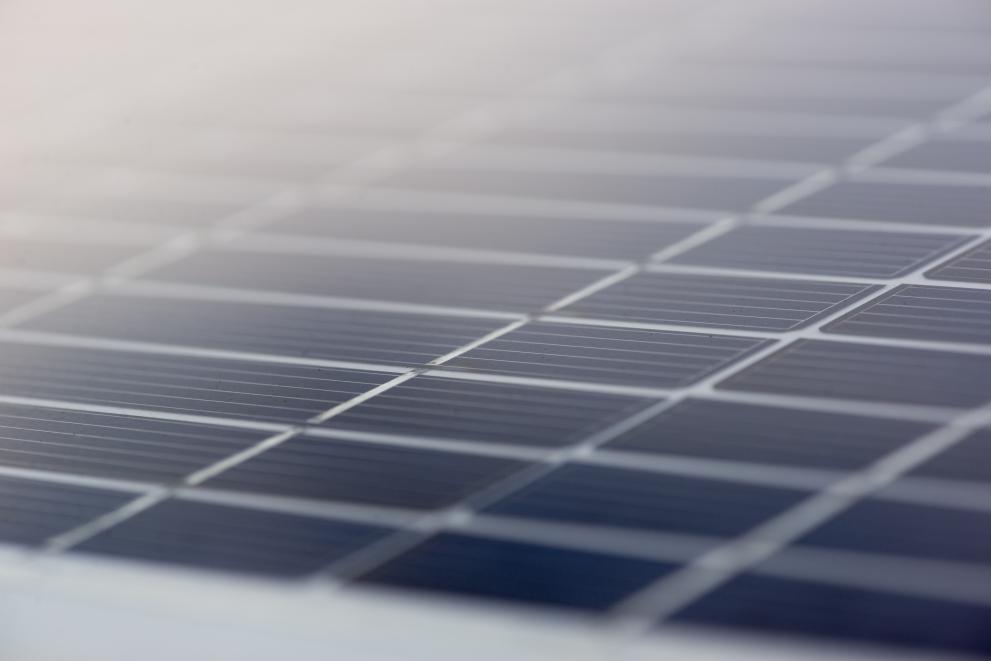
The JRC contributed to a research study on ultra-thin Cd1-xZnxS/CdTe solar cells which evaluated the cell performance as a function of zinc content. The composition of the various materials was analysed by using X-ray photoelectron spectroscopy, while the structure was studied with X-ray diffraction.
CdTe is an established material in the production of thin film photovoltaic cells, with high solar cell conversion efficiencies achievable. There are, however, concerns about the future supply of tellurium, so development of cells with a thinner CdTe absorber layer is highly desirable. The work is based on a long-standing cooperation of researchers from the UK and the JRC. The JRC's contribution was based mainly on X-ray crystallographic analysis.
The X-ray diffraction analysis system of the JRC (Nanobiotechnology Laboratory) is normally used for nanoparticle characterisation, as part work related to the safety of nanomaterials, but is also ideally suited to the structural characterisation of micro- or nano-scale thin films and modified surfaces.
Read more in: A.J. Clayton et al. "Effects of Cd1-xZnxS alloy composition and post-deposition air anneal on ultra-thin CdTe solar cells produced by MOCVD", Materials Chemistry and Physics 192 (2017) 244-252, doi:10.1016/j.matchemphys.2017.01.067
Related Content
Details
- Publication date
- 6 April 2017
